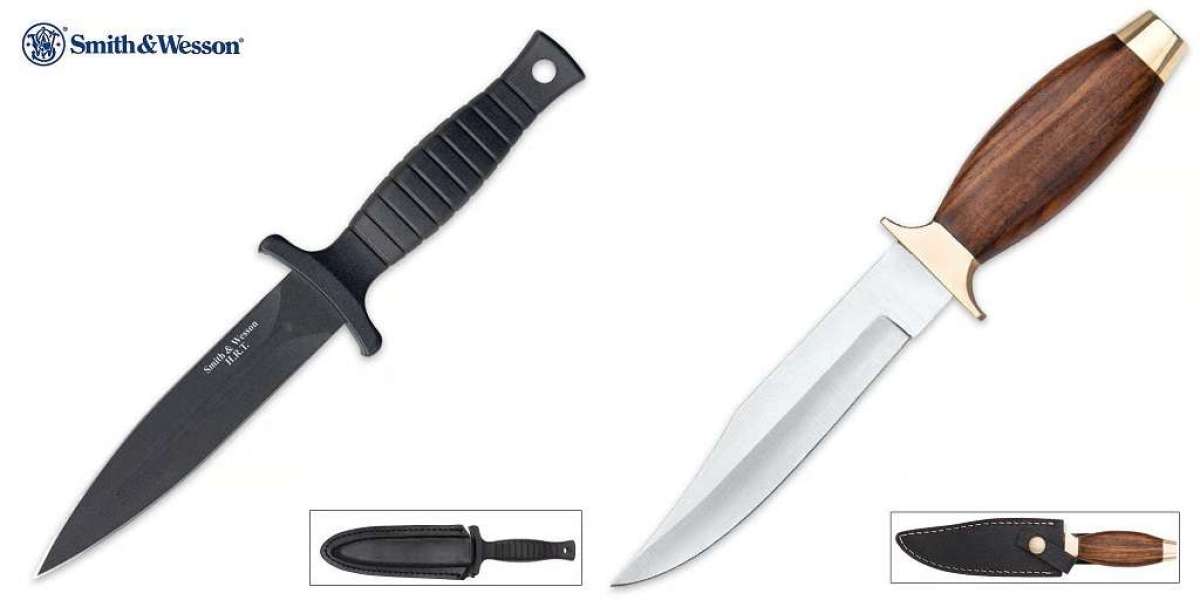It may be the case that 99% of us carry a knife tip down on the belt, but that is just one of many ways to carry, and in some cases, it is not the best.
For a large knife, not only is it indiscreet, but it will also result in the knife getting hung up on your leg or on the ground if you try to sit down.
That’s just a small example. Here are 7 unconventional but still effective ways to carry a knife instead of tip down on the belt.
Tip Up on the Belt
The most obvious alternative to tip down on the belt is tip up on the belt. This is best for smaller knives but it can potentially improve discretion.
Some users prefer the natural ergonomics of tip up carry, but beyond that it is limited by the same basic factors that limit tip down carry.
Dangle Carry
In dangle carry, you are still carrying on your belt, but instead of fixing the sheath to your belt, the sheath is attached via a loop or D-ring to a belt loop. This allows the sheath to swing freely as you move. It is much better for larger knives as it is more comfortable to walk, bend over, and sit down. The one drawback is you need two hands to draw the knife.
Pocket Carry
For smaller knives, you can carry the entire knife and sheath in your pocket. This is one of the most discreet ways of all to carry, and though it generally requires two hands to draw, most who practice pocket carry secure the sheath to their pocket or belt loop with a bit of cord which encourages good retention.
Pack Carry/Shoulder
You can also lash a knife to your pack, or the sheath to the non-dominant side of your backpack, with the tip up and the edge pointing away from you.
This is highly ergonomic and positions the knife in a place from which it is both natural and easy to draw. It’s only effective for small knives but it also keeps the knife positioned for easy access.
A Neck Knife
Some people carry neck knives in a cord around their necks. This is only practical for smaller knives, and is highly discreet. It’s also convenient for some people if their pockets or belts are loaded out.
It may not be as easy to access a concealed neck knife, but otherwise, one of the best aspects of neck carry is how easily you can draw and that only one hand is required. That said, two hands are usually required to resheath the knife.A Boot Knife
Lastly, we have boot carry, which is another effective and relatively discreet way to carry a concealed knife. Its unconventional location means you also won’t be checked for it if you are quickly scanned and it is unlikely to draw attention.
There are a few drawbacks to carrying a boot knife, however. It is not particularly comfortable, you’ll be limited to small knives, and access is difficult.
Scout Carry and Cross Draw
In scout carry, you carry the knife across the small of your back with the blade parallel to the ground. This is better than belt carry, tip down, with larger knives because the blade will be out of the way. Also, regardless of the size of the knife it is more discreet.
Access is usually easy and intuitive, though resheathing can be a little difficult.
Shop Knives and Tools at BudK
Looking for a new boot knife or neck knife? Get it online at BudK. They carry lots of unique and captivating knives and tools on their website, many of which can be carried according to the methods described here.
For more information about Daggers and Brass Knuckles For Sale Please visit: BudK Worldwide Inc.



